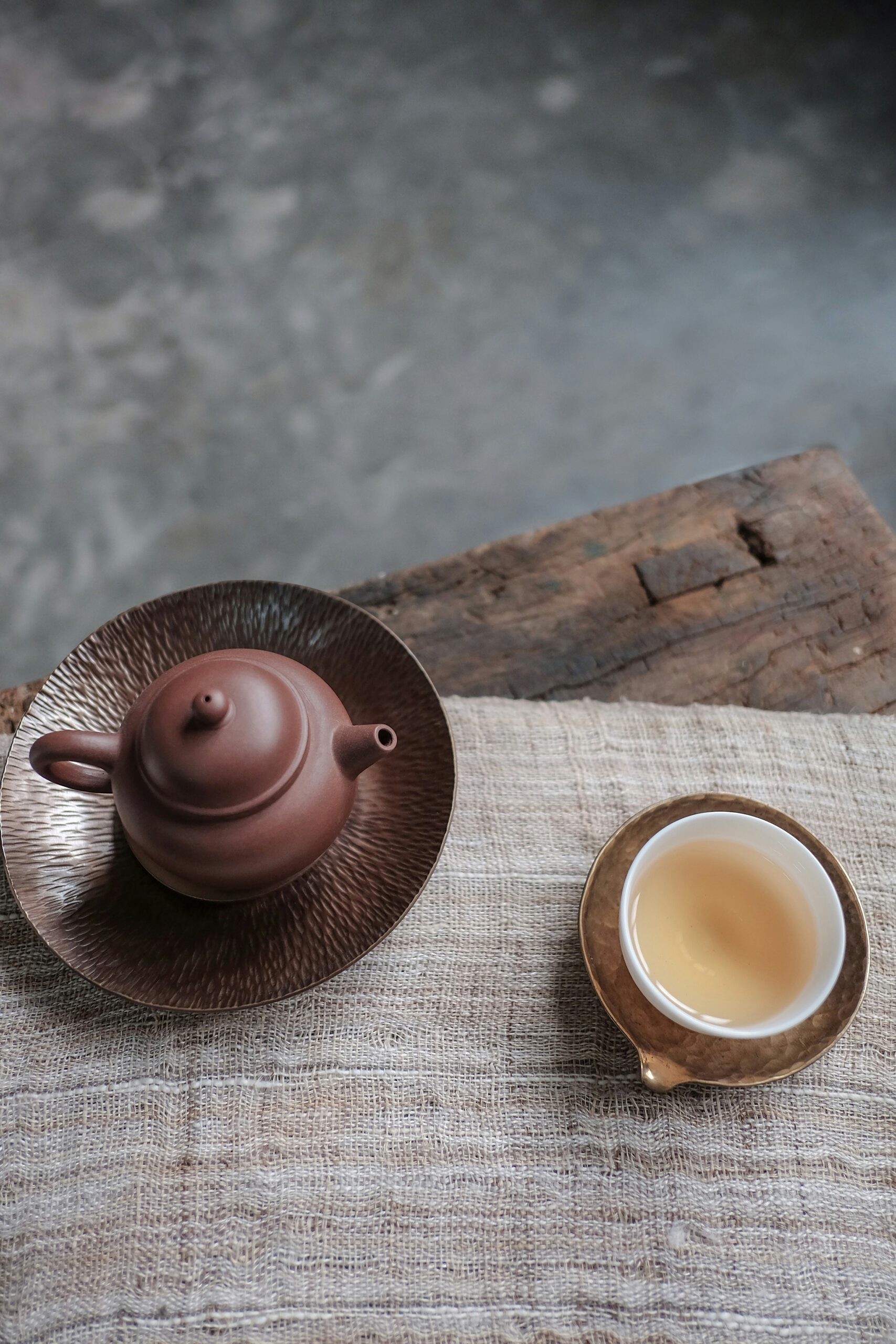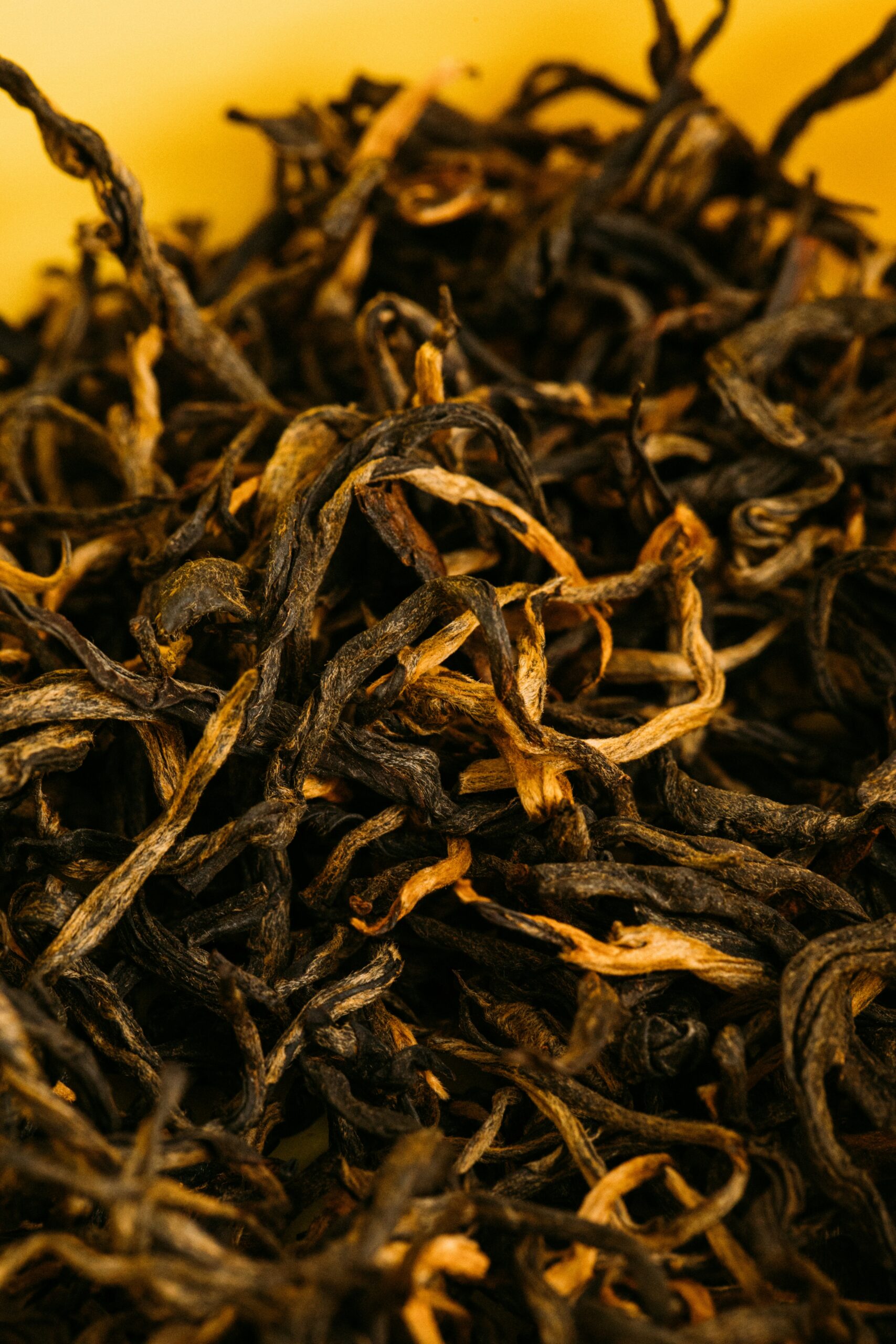Have you ever wondered why sweet tea is such a big deal in the South? This seemingly simple beverage is more than just a refreshment; it’s a cultural icon with its roots deeply embedded in Southern hospitality and tradition. Preparing sweet tea in the South is not just about brewing and sweetening; it’s an art form passed down through generations, each family adding its own personal touch. Let’s take a closer look at how this beloved drink is prepared and what makes it so special.
A Cup of History: The Origins of Sweet Tea
To truly appreciate Southern sweet tea, it’s essential to understand its historical context. Tea has been adored worldwide for centuries, but sweet tea has its own unique journey in the Southern United States.
The Birth of Sweet Tea
Believe it or not, sweet tea wasn’t always the cold, sugary brew we know today. Originally, tea was a hot, spiced beverage served primarily to showcase hospitality. The shift to cold tea came about with the advent of refrigeration and ice transport, making iced beverages more accessible, especially in the sweltering Southern heat. The addition of sugar was a natural progression, given the region’s historically rich sugar cane agriculture.
Cultural Significance
In the South, food and drink often signify more than sustenance; they are expressions of culture. Sweet tea is an emblem of friendliness and warmth. Offering a tall, ice-filled glass to guests is synonymous with saying, “Make yourself at home.” It represents a moment to pause and enjoy each other’s company.
The Right Ingredients
A perfect serving of sweet tea relies heavily on using the right ingredients. Even the slightest deviation can alter its cherished flavor profile, so it pays to get it right.
Choosing the Right Tea
Southerners often have strong opinions about which brand of tea makes for the best sweet tea. Traditionalists prefer black tea for its bold, robust flavors. When shopping, you will often find names like Luzianne, Lipton, or Tetley are household favorites. But what truly matters is that the tea has a strong base to balance the addition of sugar.
| Tea Brands | Characteristics |
|---|---|
| Luzianne | Rich flavors, specially blended for iced tea. |
| Lipton | Classic taste, widely available. |
| Tetley | Smooth and strong, ideal for sweet tea. |
Sugar: The Sweet Component
The ‘sweet’ in sweet tea is no misnomer. While the amount of sugar can vary from one recipe to the next, it usually falls around one cup of sugar per gallon of tea. Some families might double or triple that amount, but even the sweetest recipes maintain balance without becoming cloying. Fine granulated sugar is the preferred type, as it dissolves readily and mingles seamlessly with the brewed tea.
Addition of Lemon and Other Flavors
Some choose to enhance their sweet tea with the addition of lemon slices, mint leaves, or even a hint of baking soda to cut the tea’s acidity and ensure clarity. These nuances are optional yet offer delightful variations to the classic recipe.

The Art of Brewing: Techniques and Tips
The method of preparation can vary, but here’s a breakdown of the traditional way sweet tea is prepared in many Southern kitchens.
Boiling Water: The Foundation of Flavor
Start by boiling water, typically a quart, which will be the base to seep your tea bags. The water’s simmering heat is crucial as it helps to extract the full flavors from the tea leaves, creating a concentrate of taste.
Steeping the Tea
Once your water is boiling, remove it from the heat and add 3 to 5 bags of black tea. The steeping time can range from five to fifteen minutes, depending on how potent you want your tea base. It’s important not to rush this step to allow every note of flavor to develop.
Sweetening While Warm
The next step is where sweet tea diverges from just being “iced tea.” Add your decided amount of sugar to the warm tea base, ensuring it melts fully. This step allows the sugar to integrate at a molecular level, creating that smooth, sweet characteristic southern sweet tea is known for.
Cooling and Mixing
After the sugar has dissolved, remove the tea bags and let the mixture cool slightly before diluting with cold water, typically making a gallon in total. For authenticity, this diluted tea is allowed to cool further and then chilled in the refrigerator for several hours.
Serving Sweet Tea: Glassware and Garnishing
You’ve committed to making the perfect sweet tea; now it’s time to serve it right. Presentation plays an essential role in giving your guests the full Southern experience.
Choosing the Right Glassware
A classic glass pitcher can make an eye-catching centerpiece, highlighting the tea’s rich amber hue. When serving, use tall glasses, ideally with narrow necks, allowing the tea to stay cold longer.
Garnish and Accompaniments
Serve sweet tea with simple garnishes like a wedge of lemon or a sprig of mint for elegance and added flavor. Pairing it with savory Southern dishes like fried chicken, barbecue, or even a slice of pecan pie only elevates the overall experience.

The Variations: Regional Twists on Sweet Tea
While traditional sweet tea remains a staple, regions and even individual families add their spin to the beloved classic.
Flavored Teas
Particularly in the summer, you’ll find flavored variations like peach sweet tea or blackberry sweet tea. By boiling fresh fruit with the sugar or simply adding a puree, you can subtly infuse your sweet tea with a refreshing fruitiness without overpowering the tea’s intrinsic flavor.
Alcoholic Versions
Alcoholic sweet teas, also known as “Sweet Tea Vodka,” offer a modern, cheeky spin on a time-tested classic. Infusing vodka or bourbon provides an adult twist to the traditional recipe, keeping things lively at a Southern summer gathering.
The Sweet Tea Dilemma: Health Considerations
As delightful as sweet tea is, the significant sugar content has turned its reputation somewhat, with concerns over its impact on health.
Moderation and Alternatives
Health-conscious individuals might look to adjust sweet tea recipes, either reducing the sugar or using alternatives like Stevia or honey. While these alternatives offer a lower-calorie option, it should be noted that they will slightly alter the tea’s taste and mouthfeel.
Mindful Consumption
The best advice for benefiting from sweet tea is simple: enjoy it in moderation. It remains an integral part of Southern culture, something to be savored and shared but not necessarily overindulged.

The Unifying Power of Sweet Tea
At its core, sweet tea is more than just a drink; it’s a symbol of unity, comfort, and tradition. Those who partake in its preparation and consumption know they are participating in a ritual passed down through generations. The methodical way sweet tea is made pays homage to a time when simplicity reigned, and sitting together on the front porch with a tall glass in hand was the epitome of connection.
Conclusion: Your Turn to Brew
Now that you know the ins and outs of preparing sweet tea the Southern way, it’s time to put your newfound knowledge to the test. Whether you stick to the traditional recipe or put your twist on it, remember to share it with friends or family and cherish the conversations it inspires. After all, sweet tea is—as much as anything else—a means to savor moments and stories together.
By diving into the practice, you invite a little slice of Southern charm into your life, making the world feel a bit sunnier with every sweet, delightful sip.

